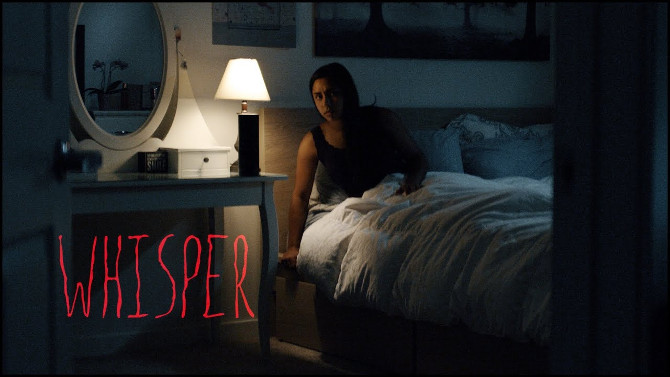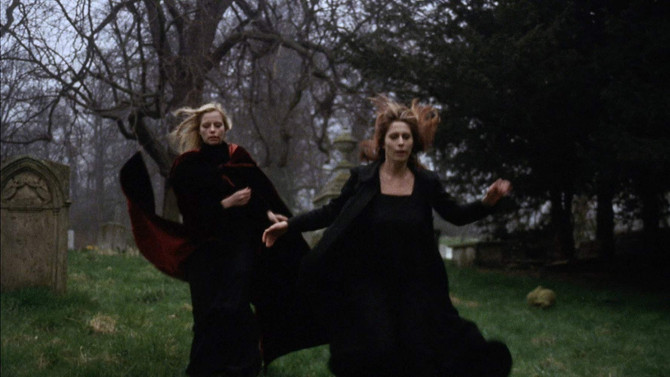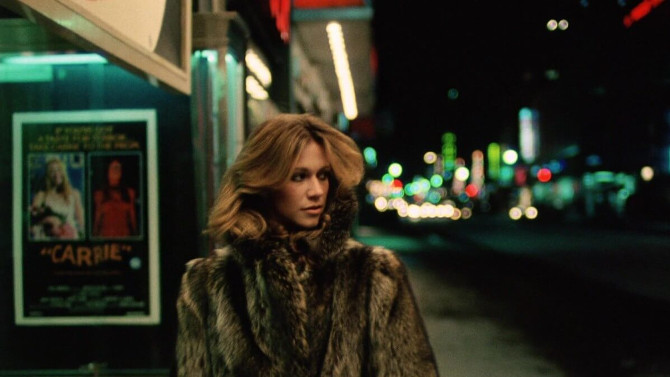
Out of the Pits
Only David Cronenberg’s second feature film (which he both writes and directs), 1977's Rabid continues his precedence for a very unique form of horror, often referred to as ‘body horror’. . . a study in human beings, their fears, apprehensions, an awkwardness revolving around their own (and others’) bodies. Set in and around one of the most unique cities in North America – Montreal, the genesis event finds a couple, Rose (pornstar Marilyn Chambers) and Hart (Frank Moore), getting in a horrific motorcycle accident in the country. Though Hart is beat up, it is Rose that is truly in rough shape. Stranded in a most unpopulated place, they are fortunate that the exclusive Dr. Keloid Clinic for Plastic Surgery (a sort of touch up resort) is nearby. . . taking the severely injured woman in for immediate surgery.
Things That Go Bump In the Night
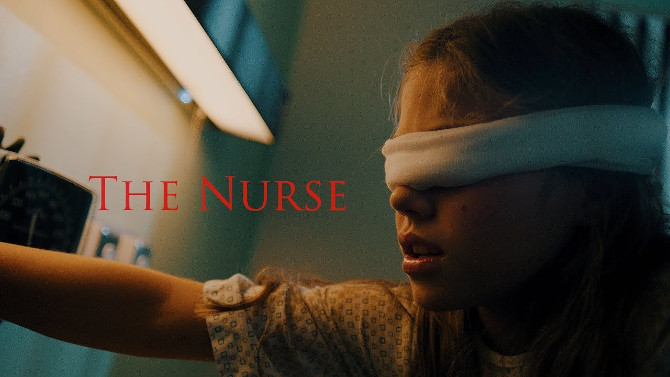
A double feature brimming with atmospheric terror, The Nurse and Whisper, both released in 2017 by filmmaker Julian Terry (with each running exactly two minutes), revel in the unknown that lies just beyond our vision and understanding. . . The Nurse finds poor little Emily (Aria Walters) – a young girl, alone in a hospital late one night (waiting for her mother to return). With some sort of eye issue, bandages cover her main sense. . . vision gone, her hearing amplifies, picking up what appears to be the sound of a nurse’s cart being pushed into her room – yet, when she calls out for whoever is there, eerily, no answer comes.
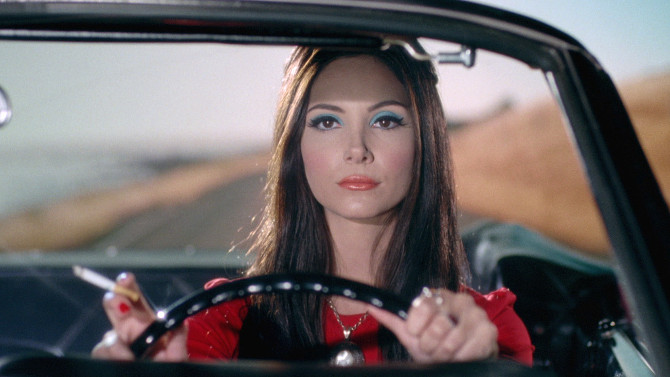
That Old Black Magic Called Love
Like bathing in the seductively sweet smells of incense and peppermint (and we mustn’t forget to add a tinge of hallucinogenic drugs), writer/director/producer Anna Biller’s 2016 fantastical multi-genre film The Love Witch is an amorous hand penned letter to the classic Hollywood era, as well as both the sexploitation and horror pictures of the 1960s and 70s. Shot in glorious 35mm film (a rare thing these days), the narrative follows Elaine (Samantha Robinson), a stunning young woman getting away from San Francisco to start a new life in Arcata. The first time we see her she is entirely in red. . . a classic vermilion tinged convertible, ruby dress, and even luggage to match – a stop light with mixed messages that is somehow prompting you to go. Yet it is her perfectly done eye makeup that must be watched. . . for it draws you into her piercing gaze, a look that will force you into those chestnut orbs – turning you into a reverse narcissist, only obsessed with a women you’ve never even met.

Slow Mo
Opening with a quotation from Dr. David Eagleman, “When your death is near, time will seem to slow to a crawl”, writer/director/producer Matt Bloom takes these words to heart, his horror short film Endless (2011) an eight minute hors d’oeuvre shot entirely in slow motion (you don’t see that everyday). Showing every minute detail, what would in reality be a thirty second action scene slows to a crawl, an intense roller coaster ride full of intricate twists as well as dramatic ebbs and flows of mixed emotions. You wouldn’t think that thirty seconds of anything could lead to more ups and downs, but Bloom takes what looks to be a thrilling possible murder scene (like something you would see in Alfred Hitchcock’s Psycho), and tweaks it in a unique way where things are not what they seem.
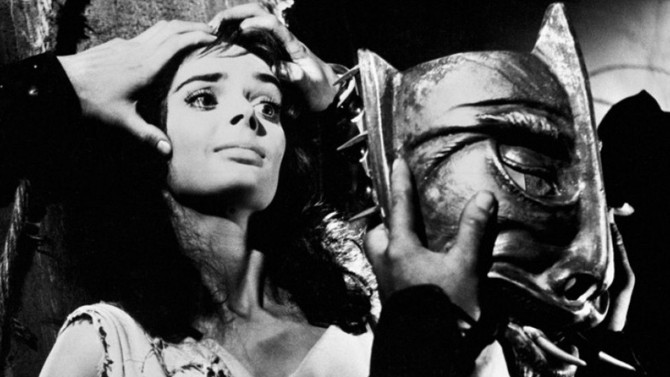
Witchy Woman
Watching Mario Bava’s first credited directorial effort, Black Sunday (1960), is like experiencing those magical Universal monster movies from the 1930s and 40s for the first time. . . with a palpable atmosphere and a rich grounding of very specific lore (that would influence future films for decades to come – much like vampire lore, the crucifix still plays a crucial role), this fantastical tale of witchcraft cannot be easily forgotten. Opening with the gruesome genesis scene (a sort of flashback to the seventeenth century) that will carry the movie, a stunning witch has been cornered along with her servile lover Igor Javutich (Arturo Dominici). . . the clerics, along with the pitchfork and fire wielding townsfolk, know of only one way to vanquish the evil foe – to first pierce her face with a mask version of an iron maiden and then burn her at the stake. . . but, soon after accomplishing the first task, a rain like no other scatters the horde (as if the storm itself was summoned by Satan), the priests forced to bury the pair separately with a number of safeguards in place.
Circles in the Dark
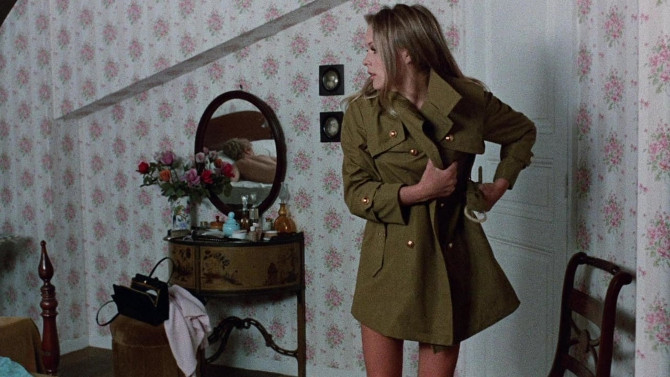
Ushered away by the undercurrent of some uncharted territorial waterway, the mostly unknown films of José Ramón Larraz are a warped ride like no other. Not well known enough to be placed on any chart or map, likewise, they are near inexplicable. . . stuck within the cracks of multiple genres, but not beholden to, or perhaps, even accepted by any one of them. A Spanish filmmaker, the early portion of his career is comprised of his English work – five features shot in the rural British countryside, with the two that bookmark this period being looked at here today, 1970's Whirlpool (a film that was long thought to be lost) and 1974's Vampyres. Comprising many of the same themes, the first thing that stands out within the man’s oeuvre is its atmosphere. . . striking doom and gloom – you almost feel like The Rolling Stones’ tune is echoing their mystery – “I had a dream last night, That I was piloting a plane, And all the passengers were drunk and insane, I crash landed in a Louisiana swamp, Shot up a horde of zombies. . . What’s it all about? Guess it just reflects my mood, Sitting in the dirt, Feeling kind of hurt. When all I feel is doom and gloom, And all is darkness in my room. . .”. Whether you are watching the boggy fall forests that surround a picturesque country home in Whirlpool, or the Hammer-esque, dilapidated mansion, with its side doors guarded by two ominous gryphons in Vampyres, there is something unsettling in every minute detail of the way the auteur builds his narratives.

